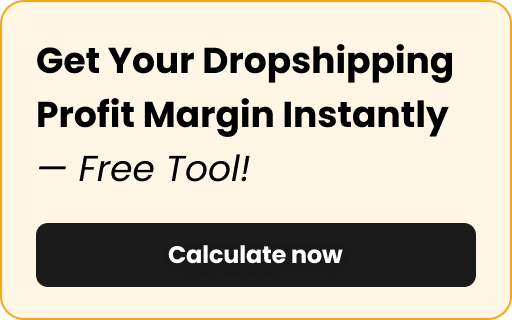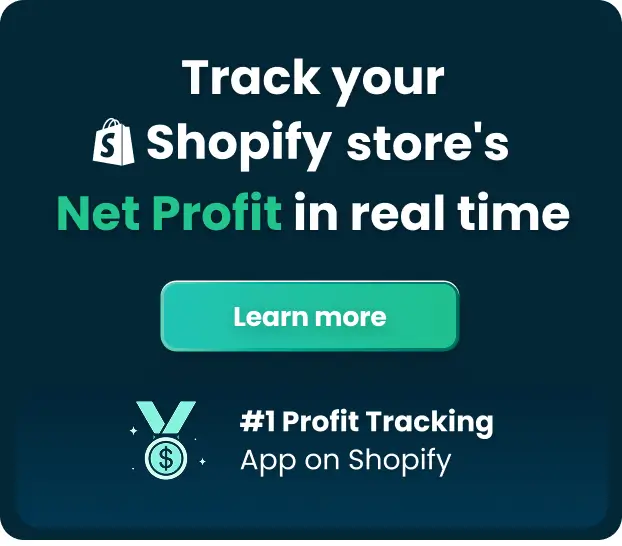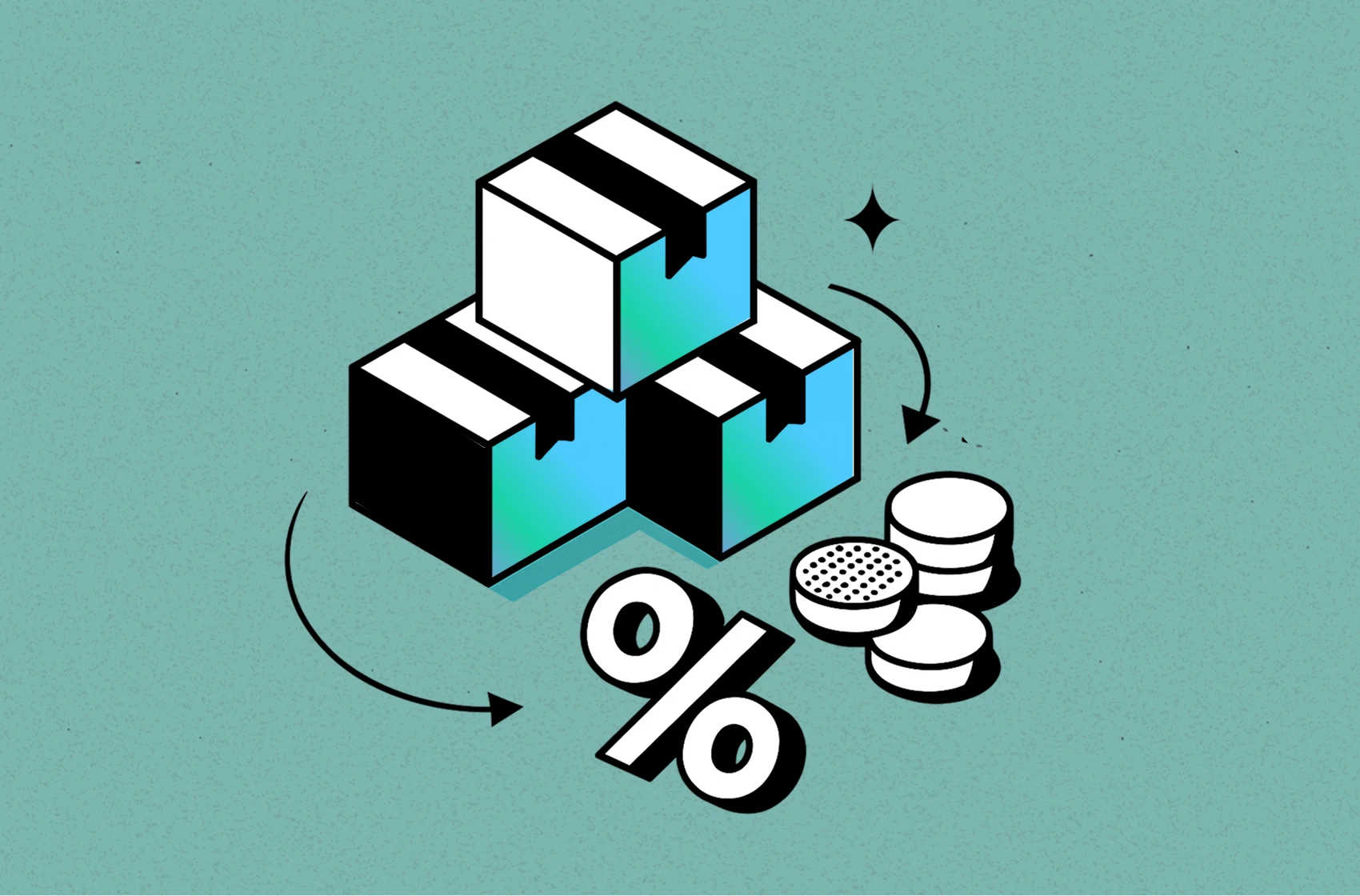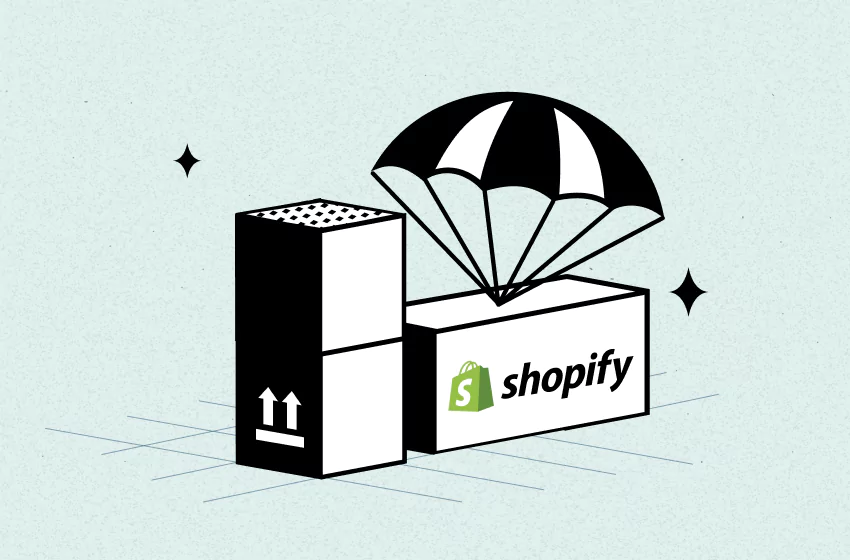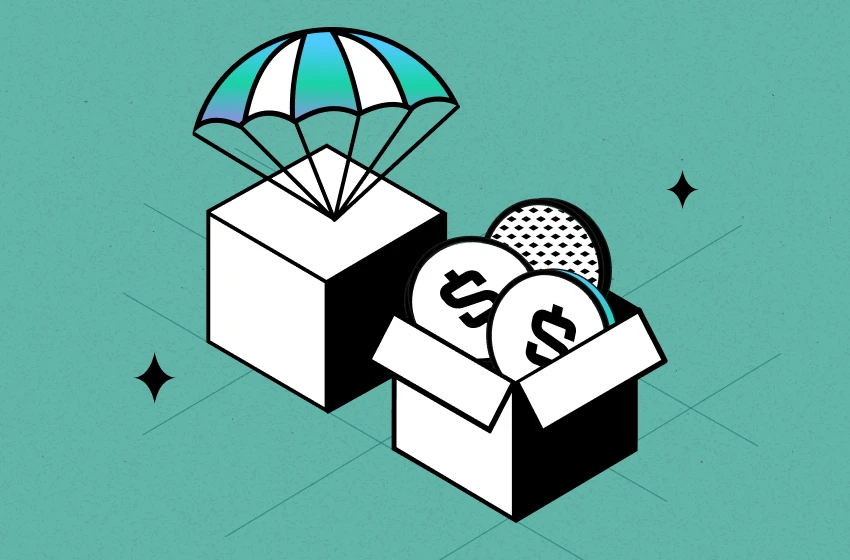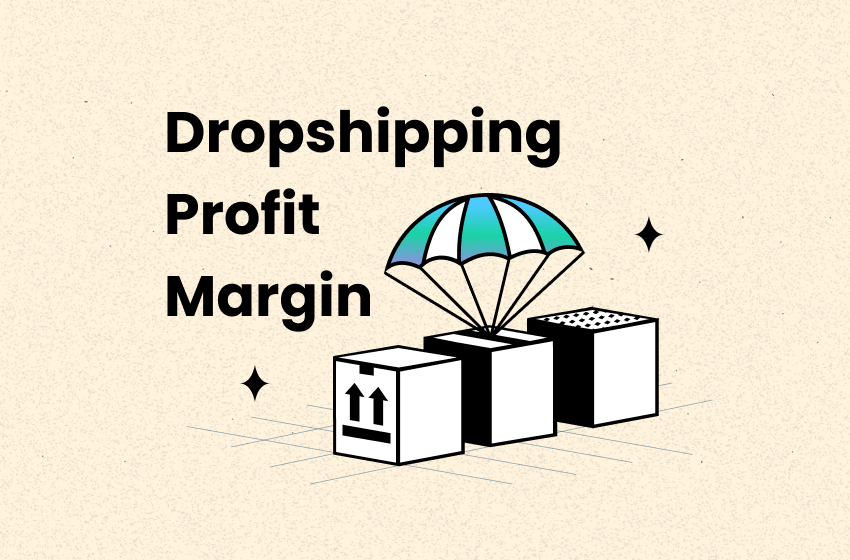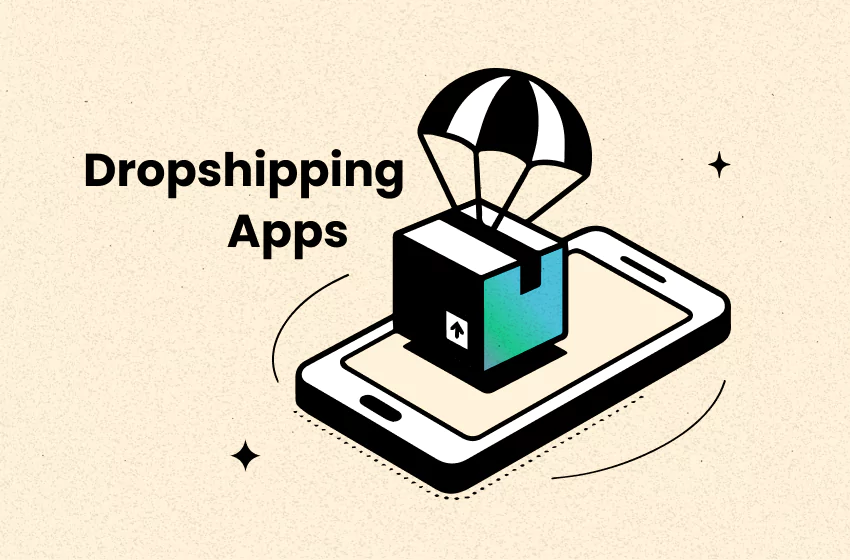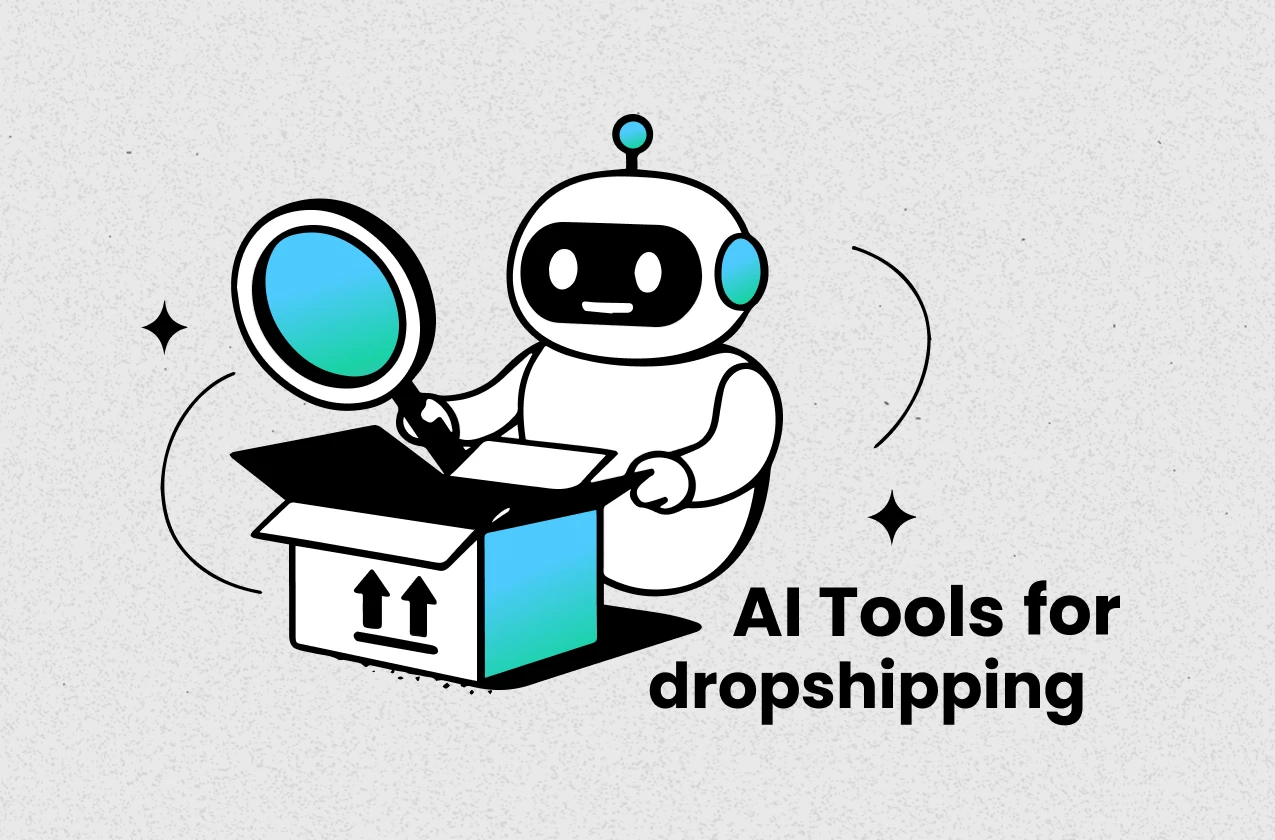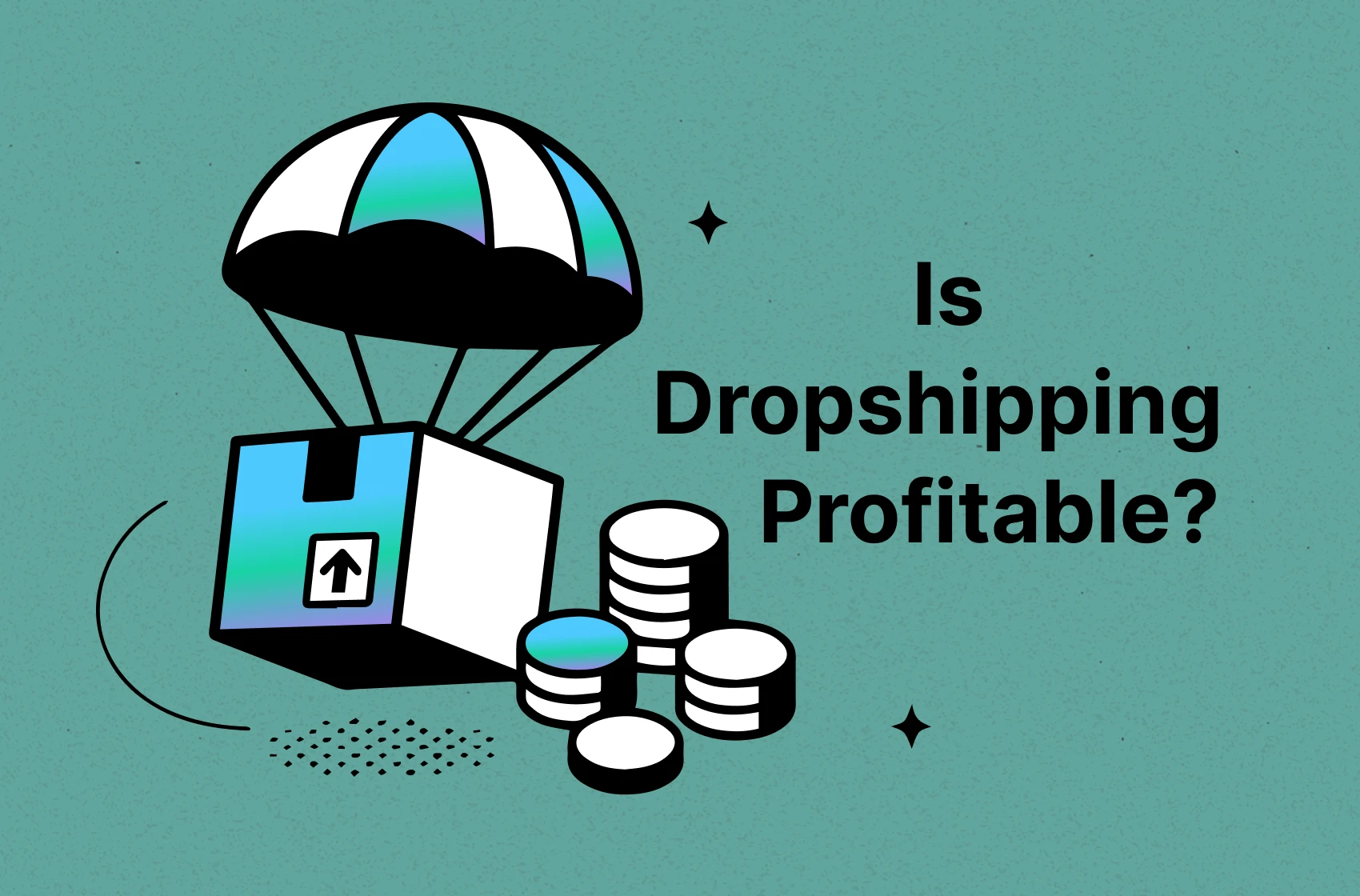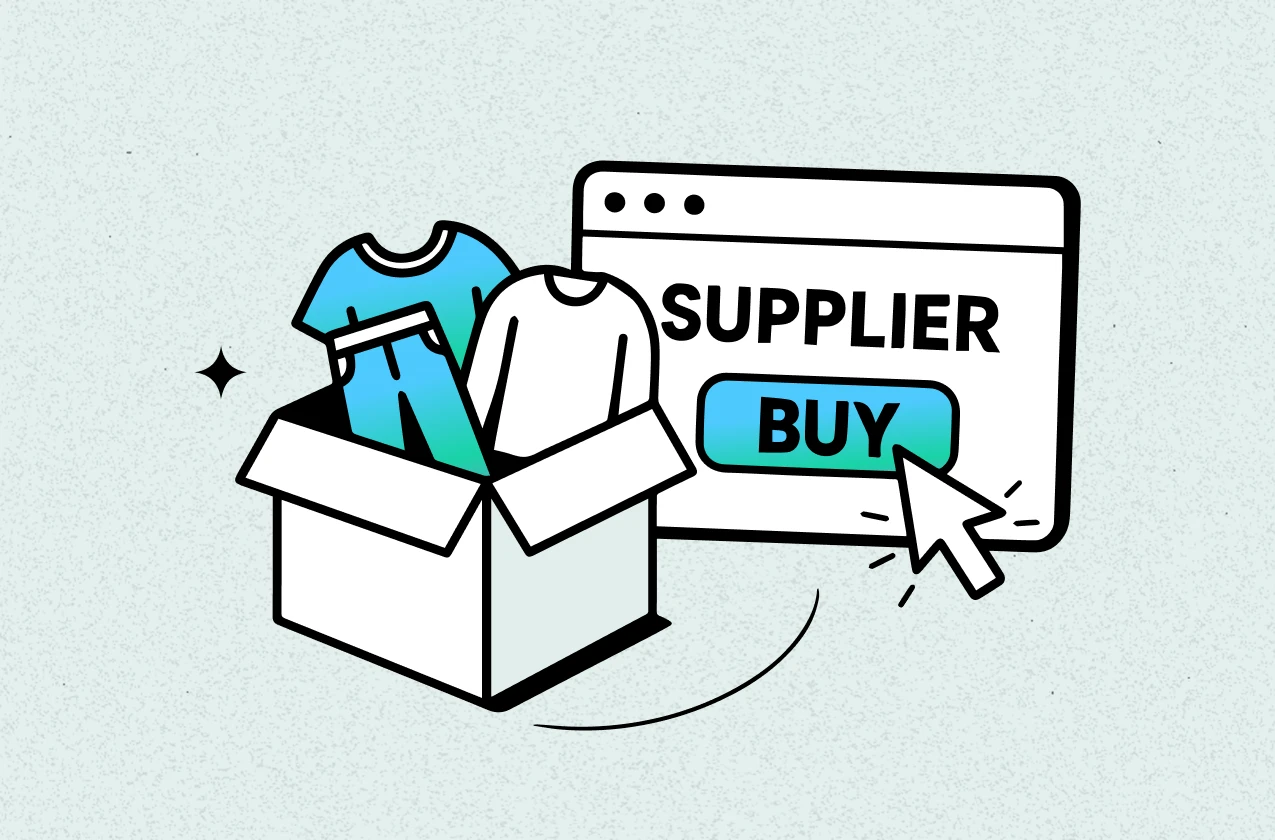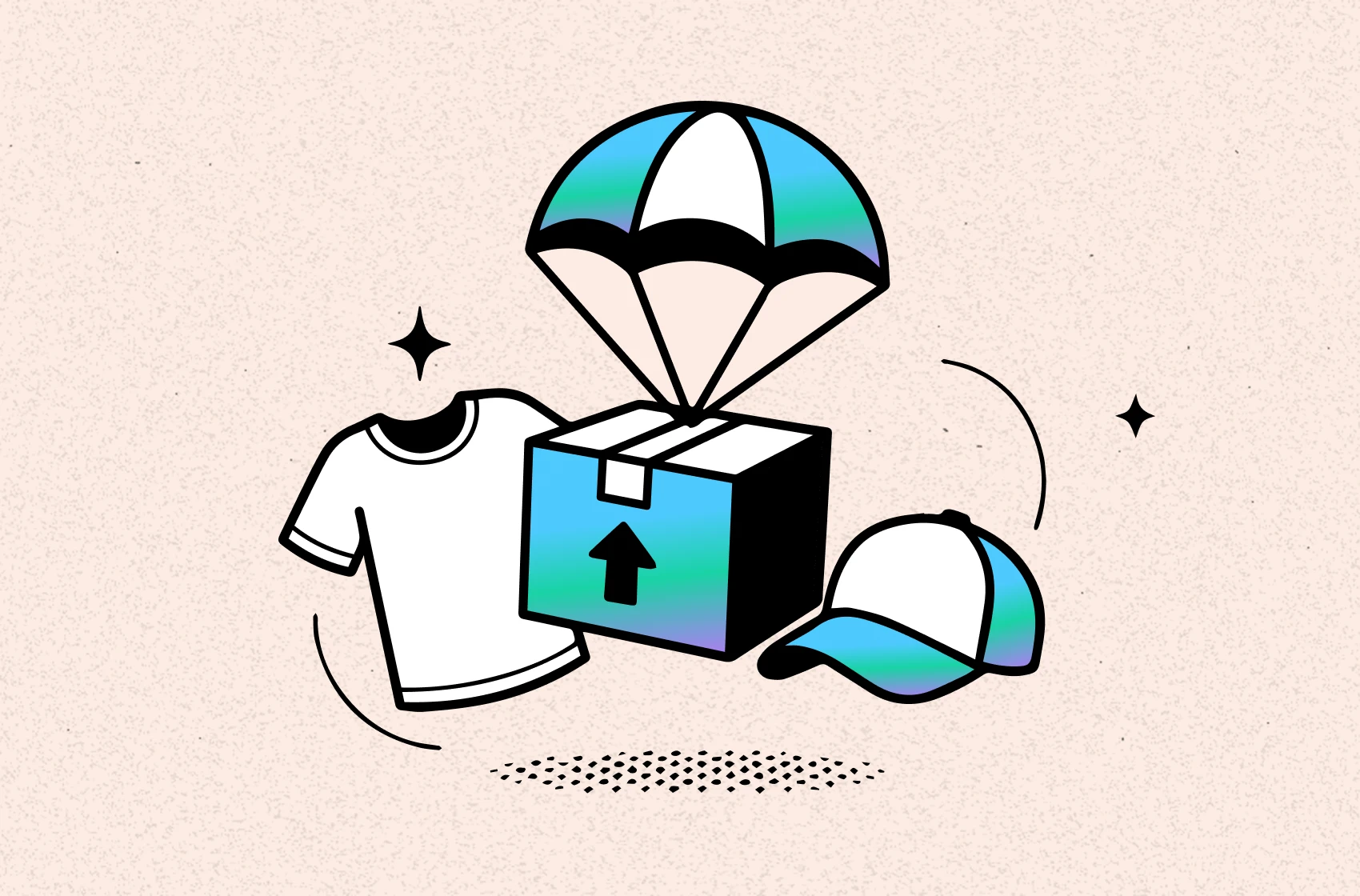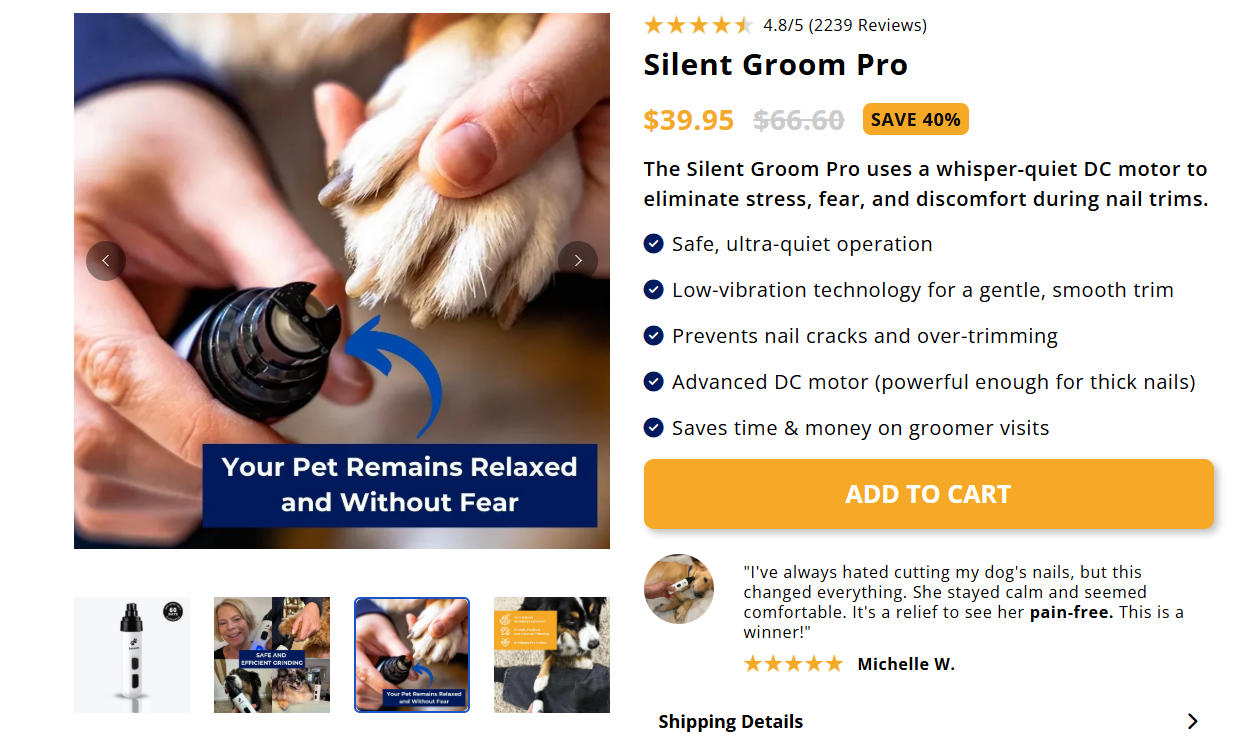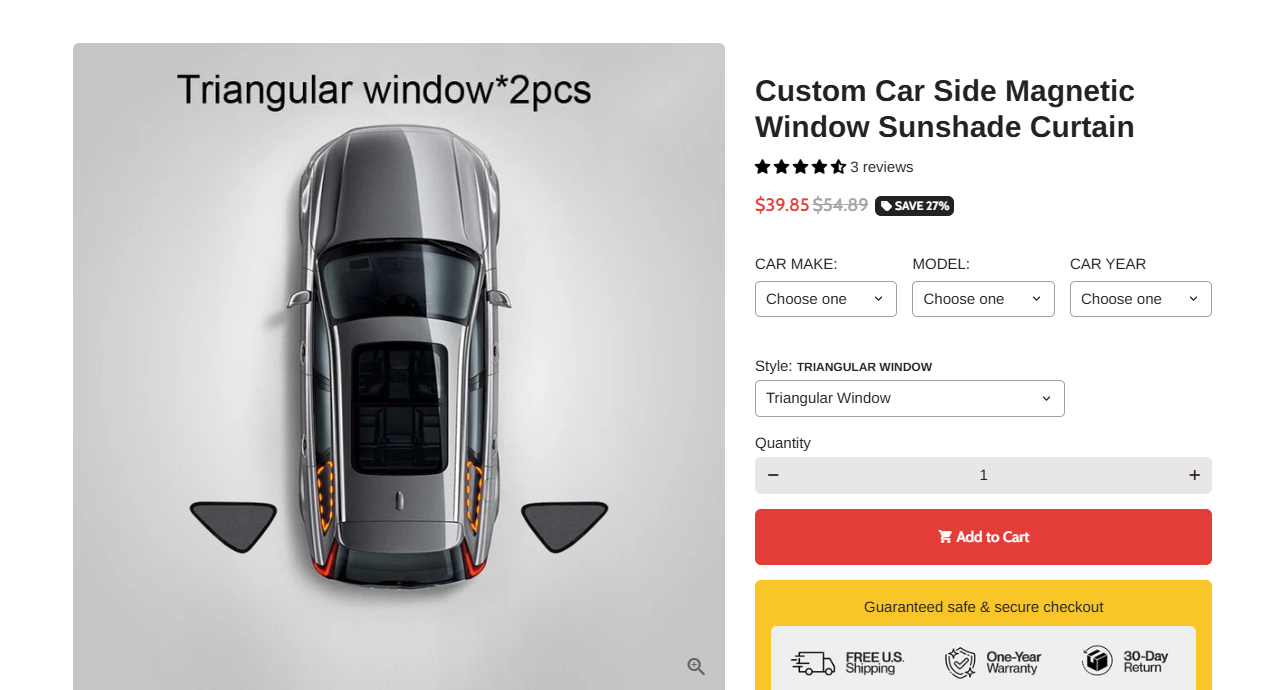10 Best-Selling Dropshipping Products on Shopify (2025)
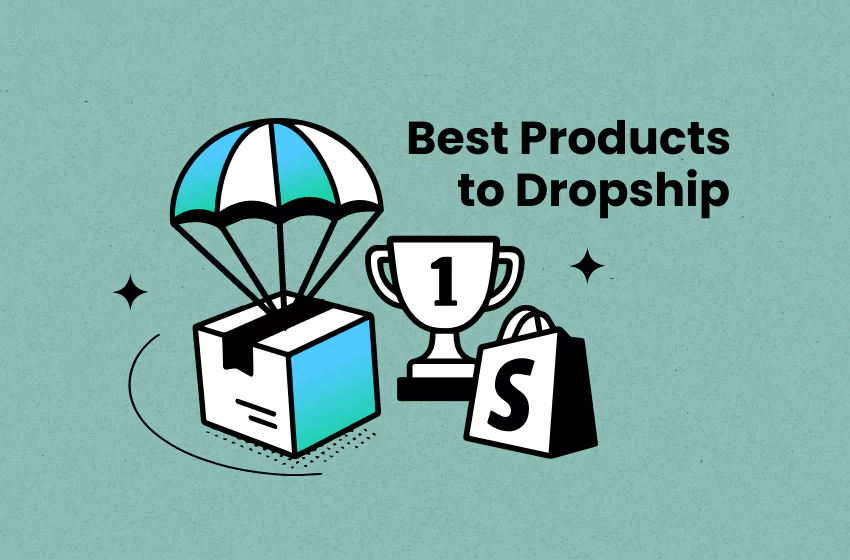
Here are 10 of the best dropshipping products to sell on Shopify in 2025:
- Portable Electric Tire Inflator
- Electric Pet LED Nail Grinder
- Turning Fork - Healing Instrument
- Magnetic Car Window Curtain
- Compact Food Vacuum Sealer
- Anti-Theft Crossbody Charging Bag
- Smart Translator Pen
- Skin Tag Remover
- Venty Adjustable Fan
- Sports Shoe Massage Insoles
These products are worth testing — but real winners depend on how fast you test and track product profitability.
As Harry Chu, the founder of TrueProfit has put it:
In this guide, you’ll find a list of high-potential products, supplier sources, profit margin insights — and Harry Chu’s proven method for finding winning dropshipping products.
10 Best Dropshipping Products on Shopify in 2025
Here are 10 dropshipping product ideas you can start selling today:
1. Portable Electric Tire Inflator
The global demand for portable inflators is on the rise — with projections estimating the market to hit nearly $3 billion by 2032, according to the Market Outlook Report from Dataintelo.
AliExpress suppliers list high-quality, cordless versions for $22–$30. With clean branding, Shopify stores like AirMoto can push the retail price to $89+. Combine it with the high-engagement ad angle and you've got a dropshipping winner.

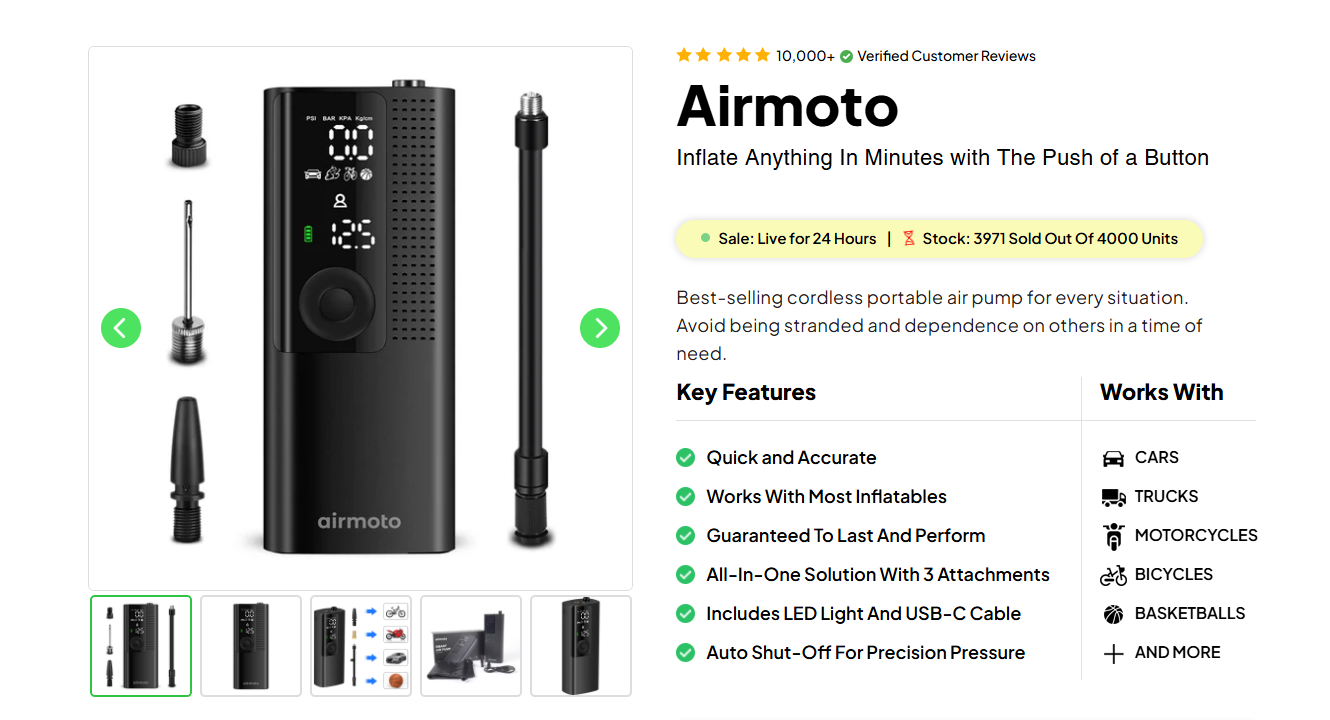
2. Electric Pet LED Nail Grinder
Electric Pet LED Nail Grinder is one of the best pet grooming dropshipping products to sell on Shopify in 2025. It solves a common pain point for pet owners — trimming nails safely at home — and adds value with an LED light that reduces injury risk.
The product is lightweight, easy to ship, and often sells for 70%+ profit margins (Source quality grinders on AliExpress for $8.19, and branded stores like Heusom resell them for up to $39.95). With rising demand in the pet care industry and viral video potential, this tool is a winning choice for beginner and advanced dropshippers alike.
3. Turning Fork - Healing Instrument
TikTok 2025 is full of ASMR videos featuring tuning forks. Their calming tones, easy use, and beautiful aesthetic make them one of the top-performing dropshipping products in the sound healing niche.
You can source quality tuning forks from AliExpress for $5–$8, while Shopify stores like Tontherapyco sell single units for $55. That’s a profit margin of up to 85–90%, with a low barrier to entry.
4. Magnetic Car Window Curtain
Magnetic Car Window Curtains are quietly becoming a hot product in 2025. They're trending, cost little to ship, and fit easily into car accessory, baby, or travel-focused stores. With the right demo video, these can easily become a best-seller in your 2025 product lineup.
You can source a set of magnetic car curtains for $5.40 per piece on AliExpress, and resell them for $39.85 per set on Shopify stores like Nezauto - yielding potential profit margins over 80%. The lightweight, flat-packed featured product makes it ideal for dropshipping.
5. Compact Food Vacuum Sealer
One Facebook ad from Chef Preserve showed watermelon, avocado, raw chicken, and herbs sealed tight with zero mess. Within days, the video crossed 12.7K+ comments, thanks to a simple, pain-relieving product: Vacuum Sealer.
Compact vacuum sealers are small, lightweight, and solve a universal problem. You can find them for $5.66–$12.66 on platforms like AliExpress, and learn from shopify stores like Chef Preserver sell it for $70–$80, with profit margins up to 75%.

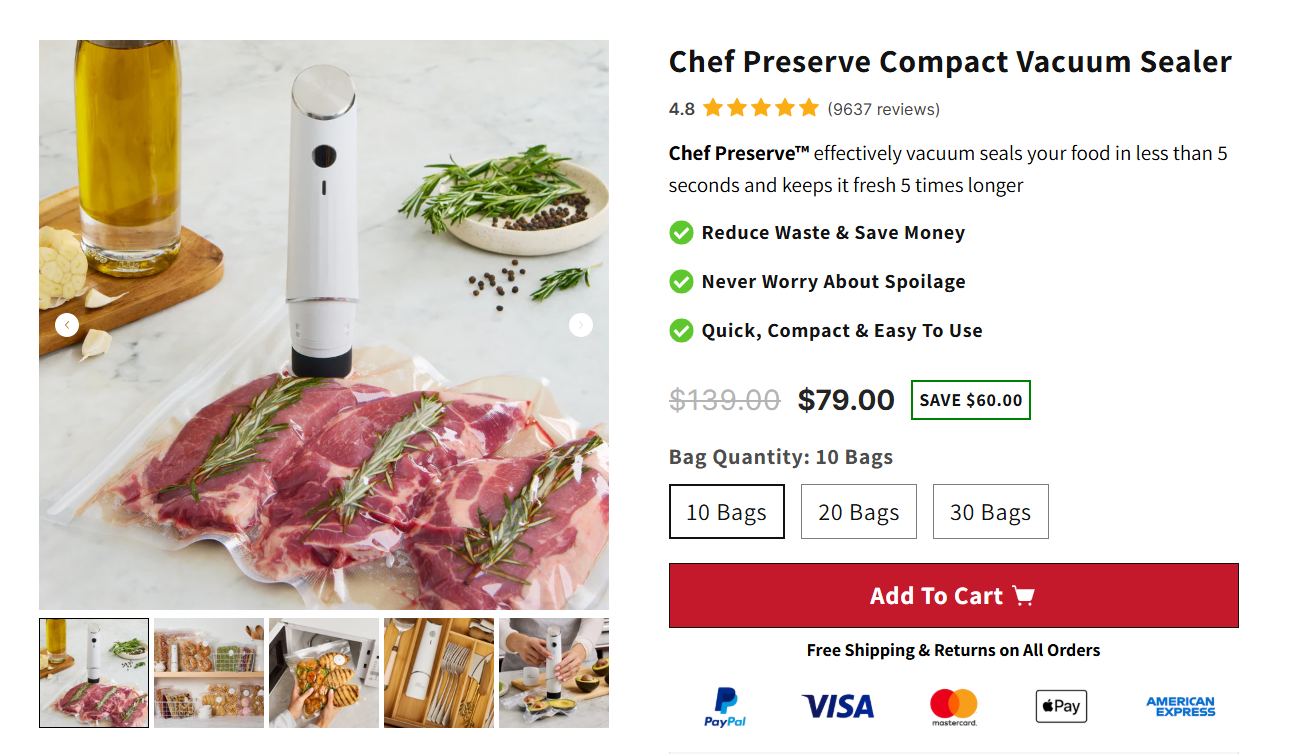
6. Anti-Theft Crossbody Charging Bag
Anti-theft charging bags are a perfect fit for 2025 buyers. They’re practical. They’re gender-neutral. They solve a problem. And that’s the kind of product that wins in dropshipping — especially when it looks like a premium item but only costs $7–$12 to source.
You can source it from AliExpress, with most Shopify stores like SimplifyLiving selling it at $53 — giving you strong profit margins and tons of room to bundle it with accessories like cables or power banks.

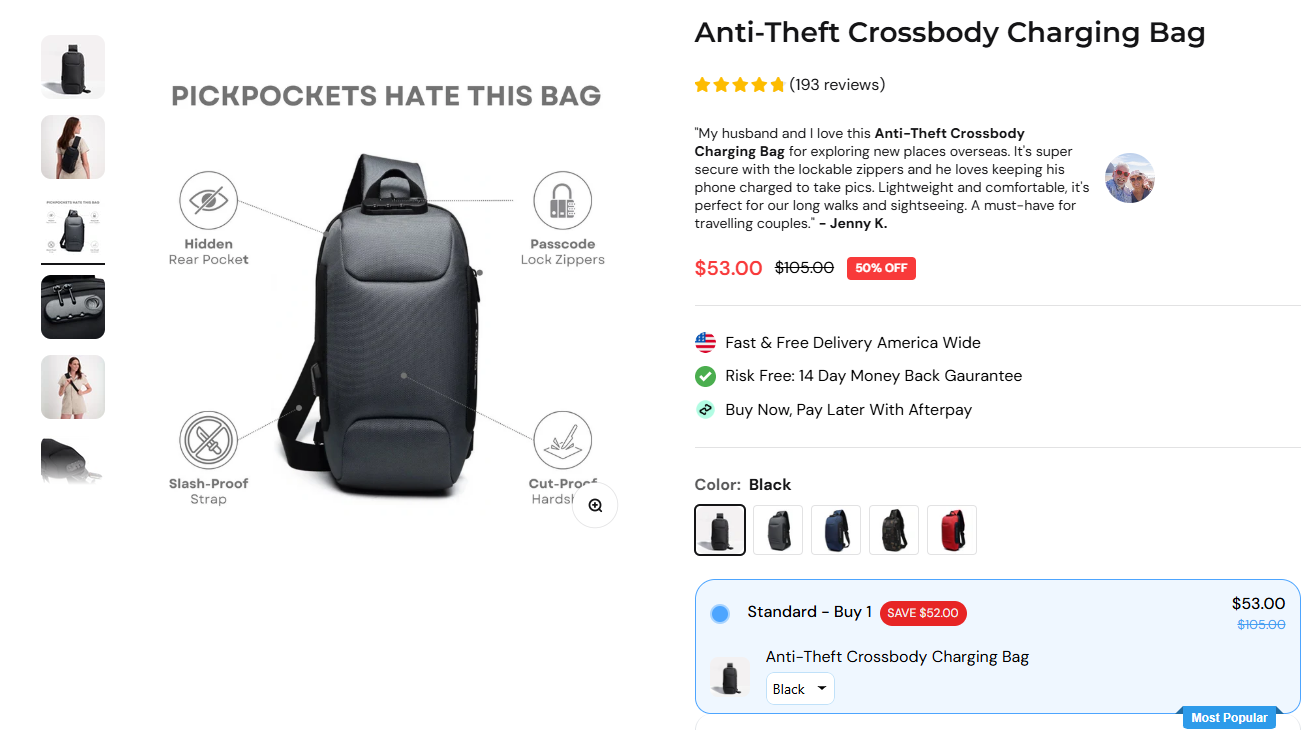
7. Smart Translator Pen
Search trends for “AI translator pen” and “real-time voice translation device” have seen a steady 15–25% YoY growth according to Google Trends.
A Shopify store like Zenova markets it as an essential for 2025 travel gear, selling it at $64, while their supplier offers it for $28.84. That’s a solid profit margin of ~65%, and a clear product-market fit in a growing globalized world.

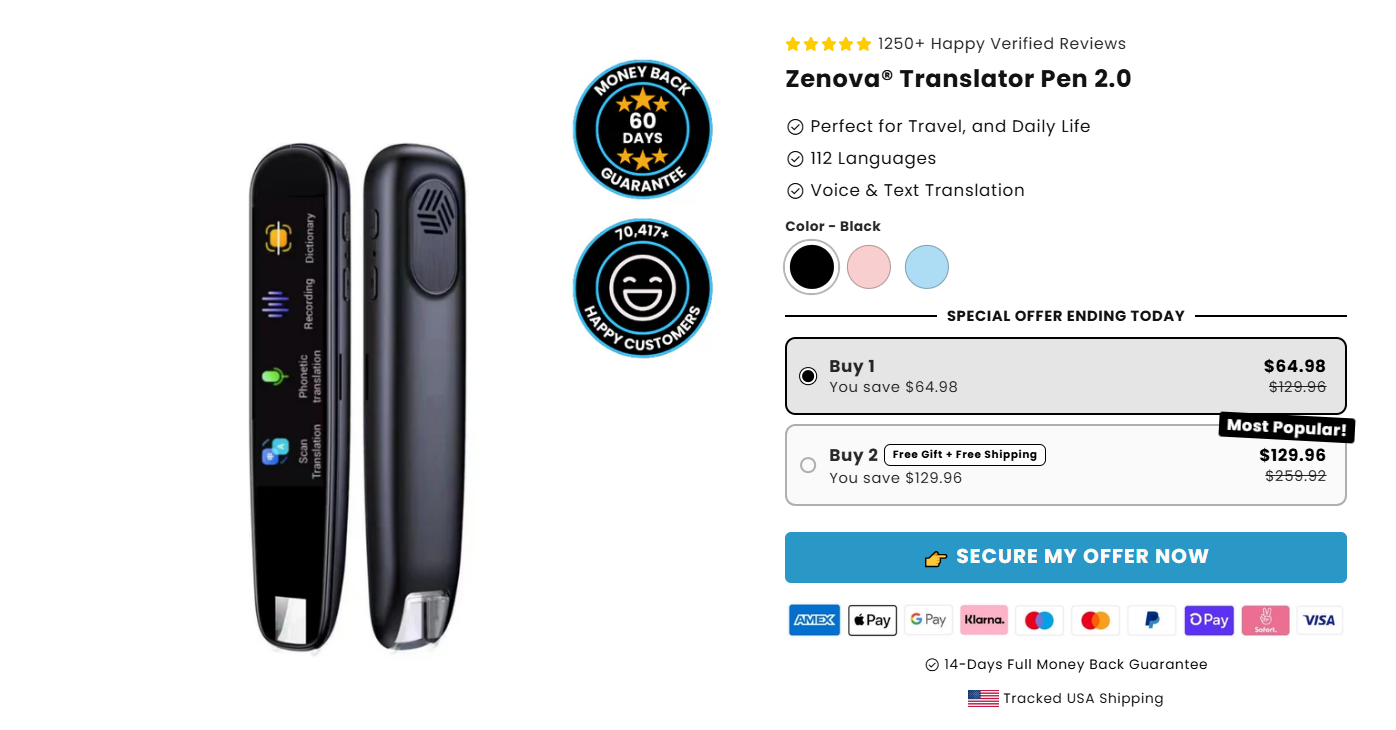
8. Skin Tag Remover
Skin tag removers fall under the DIY skincare and personal care category—a niche that’s growing fast. On Google Trends, search interest for “skin tag remover” and “wart remover pen” remains consistently high, especially in markets like the US, UK, and Australia. Consumers now trust at-home solutions more, and are willing to try lower-cost alternatives before seeing a dermatologist.
This is a classic high-margin product. You can dropship skin tag removers for around $7.47, and yet they sell on branded Shopify stores like Vora for up to $39.98, leaving room for 70%+ profit margins. And that’s before you even factor in upsells like scar repair creams or cooling gels.

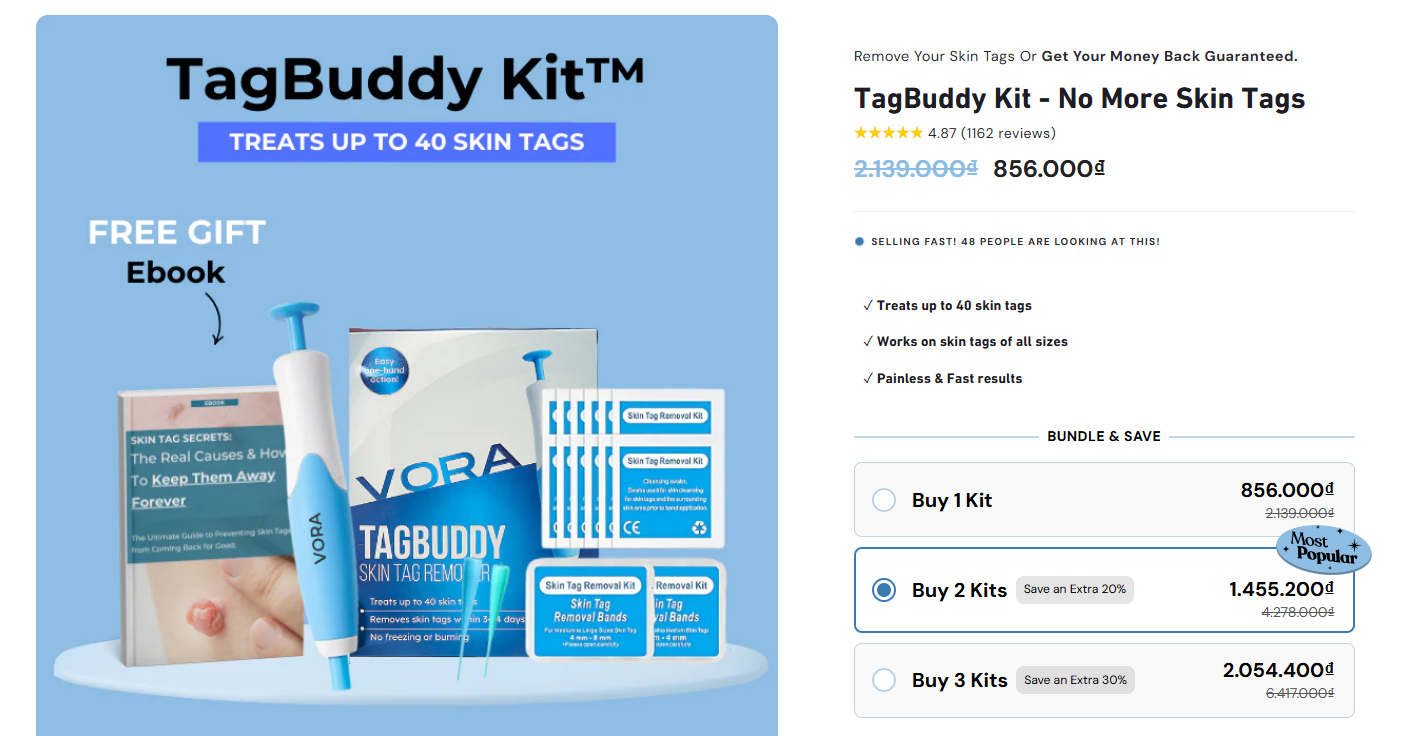
9. Venty Adjustable Fan
The Venty Adjustable Fan is one of the best Shopify dropshipping picks for 2025. Thanks to its small size and multi-use design, it’s easy to ship and even easier to sell.
You can source high-quality models from AliExpress for $26.51, then flip them for $84.99 like Ventyfan did on their Shopify store. That’s a healthy 60–70% margin, especially if you bundle it with a power bank or phone stand.

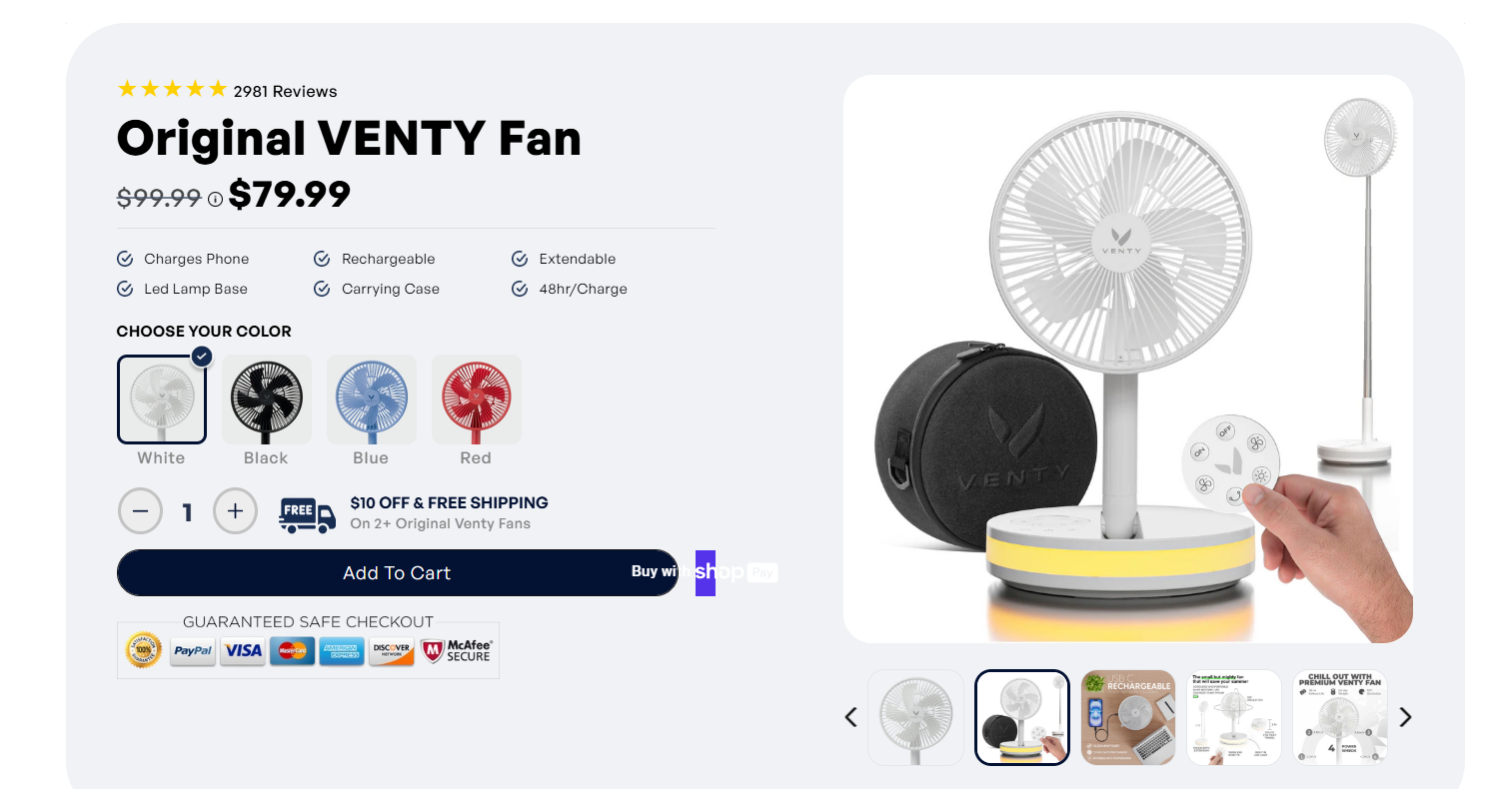
10. Sports Shoe Massage Insoles
"Reduces strain on the foot”. These product messages alone are good to sell in short-form ad formats. Especially when foot health awareness is rising with about 77% of adults experiencing foot pain at some point.
They’re comfy. Easy to ship. And cost next to nothing to source. You could buy them for around $3.18 from AliExpress and sell for $40+, especially if you brand them as “foot-saving” like Stepprs.

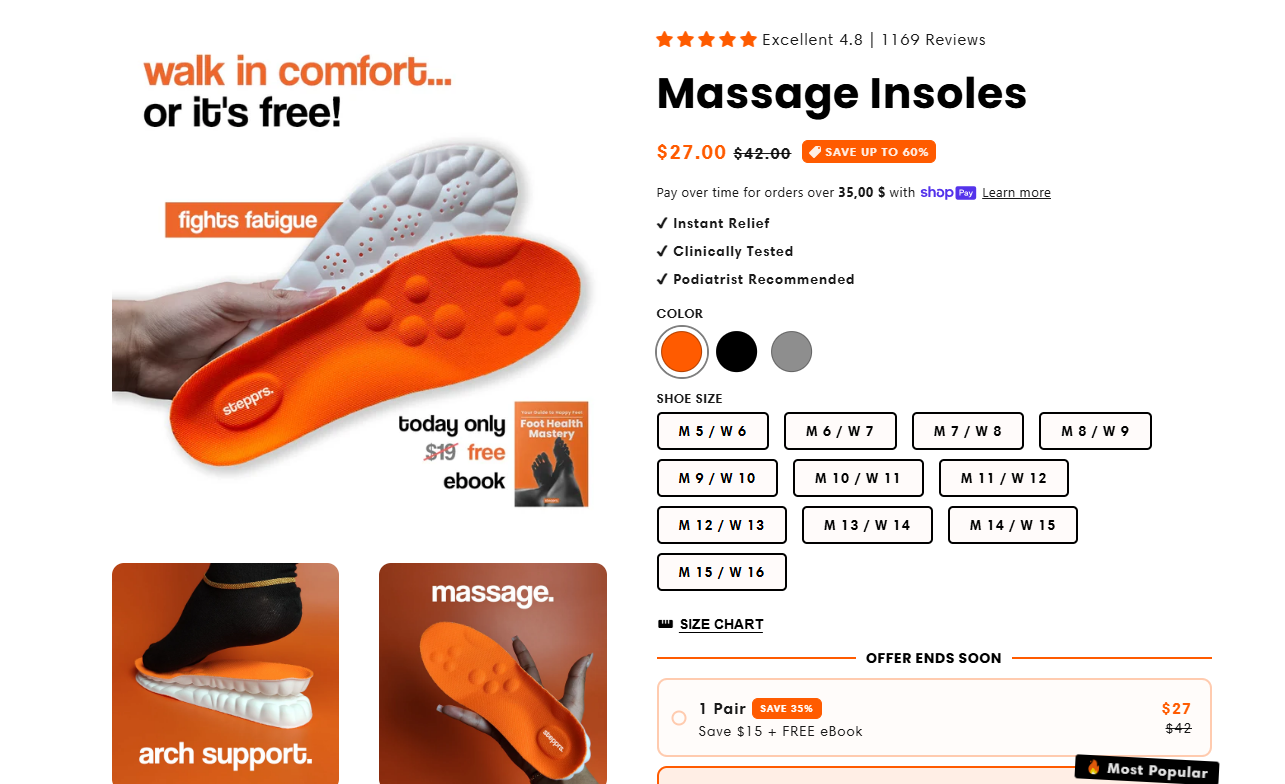
How to Start Dropshipping with Shopify
Dropshipping on Shopify is a way to sell products online without keeping inventory. It’s an ideal business model for beginners because it’s low-risk, low-cost, and fast to launch. Realistically, you can get started with as little as $50–$150, especially if you use Shopify free tools on the way.
Here’s a step-by-step guide on launching a dropshipping store with Shopify.
Step 1: Choose a Niche or Product
A niche is a focused segment of a broader market. Instead of selling "pet products," a niche might be "eco-friendly dog toys" or "cat accessories for apartment living."
Choosing a niche helps you decide what you're going to sell and who you're selling it to. This step is the foundation of your entire dropshipping business because everything else follows it — your product selection, your target audience, your branding, your marketing.
The right dropshipping niche should:
- Solve a real problem
- Stable demand (not just viral hype)
- Lightweight and easy to ship
- Room for upsells or bundles
Step 2: Find and Test a Supplier
A supplier is the third-party source that fulfills customer orders on your behalf. They manage product availability, storage, and logistics, while you focus on branding and customer experience.
A trustworthy supplier typically shows signs like:
- Fast, trackable shipping (ideally within 7–15 days for international orders).
- Their products stay in stock and updated.
- They get positive reviews from other dropshippers
- They have a good, clear returns or dispute policies
In dropshipping, choosing a supplier is important just as choosing a product. Because bad fulfillment is under the supplier's control, but once the product arrives late, damaged, or never shows up at all, your customer doesn’t care who the supplier is — they blame you.
Step 3: Create Your Shopify Store
Creating your Shopify store means setting up your online storefront where customers can browse, learn about, and purchase your dropshipping products.
You’ll need to:
- Create a Shopify account (free trial is available).
- Pick a theme that matches your niche and brand.
- Add a logo, choose colors, update fonts, set your homepage layout, and add key pages
- Use Shopify’s product editor or import via dropshipping apps (like Zopi, etc.).
- Connect payment gateways (e.g. Stripe, PayPal) and define your shipping zones and rates
- Make sure your store looks and works great on mobile.
Step 4: Connect a Dropshipping App
A dropshipping app is the tool that links your Shopify store to suppliers — letting you import products, sync inventory, fulfill orders, and automate the back-end of your business. Without it, you’d have to manually copy and paste product info or place each customer order by hand.
We hand-picked 5 popular dropshipping apps for Shopify:
- Zopi offers seamless product importing and order fulfillment with one-click automation
- Spocket focuses on faster shipping from US/EU suppliers
- Zendrop is great for branded dropshipping and faster delivery
- CJ Dropshipping supports wide product range, global fulfillment centers
- AutoDS specializes in product research, automation, and suppliers all-in-one
Step 5: Optimize Product Pages
Product page optimization is about improving the user experience — making it easy for shoppers to understand, want, and purchase the product without friction. The goal is to convince someone to buy now, not later.
Below are the key components of product page optimization:
- Clear, keyword-rich, and benefit-focused. Avoid vague or generic names.
- Photos should show multiple angles, close-ups, size/context shots, and lifestyle usage.
- Clear, benefit-driven descriptions. Use bullet points for readability and highlight what pain points the product solves.
- Social proof is huge, especially for new stores. Import real reviews (with photos if possible) to build trust instantly.
- Clear pricing & urgency triggers
- Be upfront about delivery times and return policies.
- The CTA should be above the fold, bold, and contrast in color.
- Fast page load speed. Check out this cheatsheet behind high-converting product pages.
How to Find the Best Dropshipping Products to Sell on Shopify
Here’s a proven method using the Facebook Ads Library:
Step 1: Use Facebook Ads Library to Spot Potential Winning Products
Start by visiting the Facebook Ads Library, which shows all active ads running across Facebook and Instagram. Choose United States for a larger product pool, or pick other countries based on your niche.
To surface high-converting product ads, try searching with keywords like:
“sale ends tonight,” “sale ends,” “last day,” “sold out,” “today only,” “order yours,” “shop now,” “buy one get one,” “fall sale,” “flash sale,” “free shipping,” “free worldwide shipping,” “offer ends,” “last chance,” “ends today,” or “end of season.”
These keywords help you find ads designed to drive urgency — and most importantly, sales.
Step 2: Analyze Ad Creatives
Scan through the ads to find ones promoting physical products. Look for video or image-based ads with “Shop Now” buttons — these are usually eCommerce campaigns.
Pay attention to how the product is presented. Does the ad copy and visual look engaging? Take note of the product type, design, and whether it’s likely to appeal to a specific target audience.
This helps you shortlist potential winning products.
Step 3: Check the Advertiser’s Page Engagement
Click through to the brand’s Facebook page and check how many likes or followers it has.
If a page has 7,500+ likes, it may signal the product has been on the market for a while — meaning more competition and less room for you to stand out.
Instead, focus on pages with 50–1,000 likes or under 5,000 followers. These tend to be newer advertisers, which means the product is still gaining traction.
Step 4: Check Ad Launch Dates Engagement
Also, look at how recently the ads started running. The ideal products to test are those with ads launched in the last 2–3 weeks. These are fresh and likely not saturated yet.
Avoid ads that have been running for 6+ months, as they often signal a mature, competitive product. To check this, hit “See More” in the Ads Library and scroll down to view the ad’s
From now on, this is important: The steps above help you find a good product to test — not a 100% guaranteed winner.
Harry Chu, founder of TrueProfit, challenges the term “winning product” altogether:
So what does his process look like?
- First, he finds 2–3 promising products based on trends, competitor ads, or product potential.
- Then, he launches ads — usually on Meta or TikTok — and watches performance closely.
- In the first 1–2 weeks, the goal isn’t profit. It’s data collection.
- Then make a call: kill it or scale it.
He tracks:
- Click-through-rate (CTR): The percentage of viewers who were interested enough in your ad to click and learn more. 1–2% is average. Above 2% is good.
- Cost per purchase (CPP): The average amount you spend on ads to get one sale. Must be lower than your profit margin to be sustainable
- Add-to-cart rates: The percentage of visitors who add a product to their cart. Anything above 5% is considered strong
- Conversion rate measures how many visitors actually complete a purchase. 1–2% is average for most eCommerce stores.
Metrics like click-through rates or add-to-carts help during testing. But once you scale, all of those metrics should tie back to net profit — your real, bottom-line income. It’s calculated by subtracting total costs (product cost, ad spend, transaction fees, shipping, taxes, etc.) from your total revenue.
“Net profit reflects the true profitability of your product after all expenses are accounted for. Without tracking it, you’re flying blind. You might pause a product that was profitable — or scale one that’s draining your cash”, Harry Chu summed it up.
Bottom Line
In short, here are 10 best dropshipping products on Shopify that are worth testing in 2025:
- Portable Electric Tire Inflator
- Electric Pet LED Nail Grinder
- Turning Fork - Healing Instrument
- Magnetic Car Window Curtain
- Compact Food Vacuum Sealer
- Anti-Theft Crossbody Charging Bag
- Smart Translator Pen
- Skin Tag Remover
- Venty Adjustable Fan
- Sports Shoe Massage Insoles
Finding the best dropshipping products in 2025 isn’t just about chasing trends — it’s about spotting data patterns and keeping consistent tests. The more you test, the faster you’ll find the winner.
TrueProfit, a net profit analytics platform for Shopify, takes care of the number crunching by tracking your product-level profitability automatically. While you're testing, it shows you whether you're really scaling a profit-making product — or just burning money in disguise.
Lila Le is the Marketing Manager at TrueProfit, with a deep understanding of the Shopify ecosystem and a proven track record in dropshipping. She combines hands-on selling experience with marketing expertise to help Shopify merchants scale smarter—through clear positioning, profit-first strategies, and high-converting campaigns.

